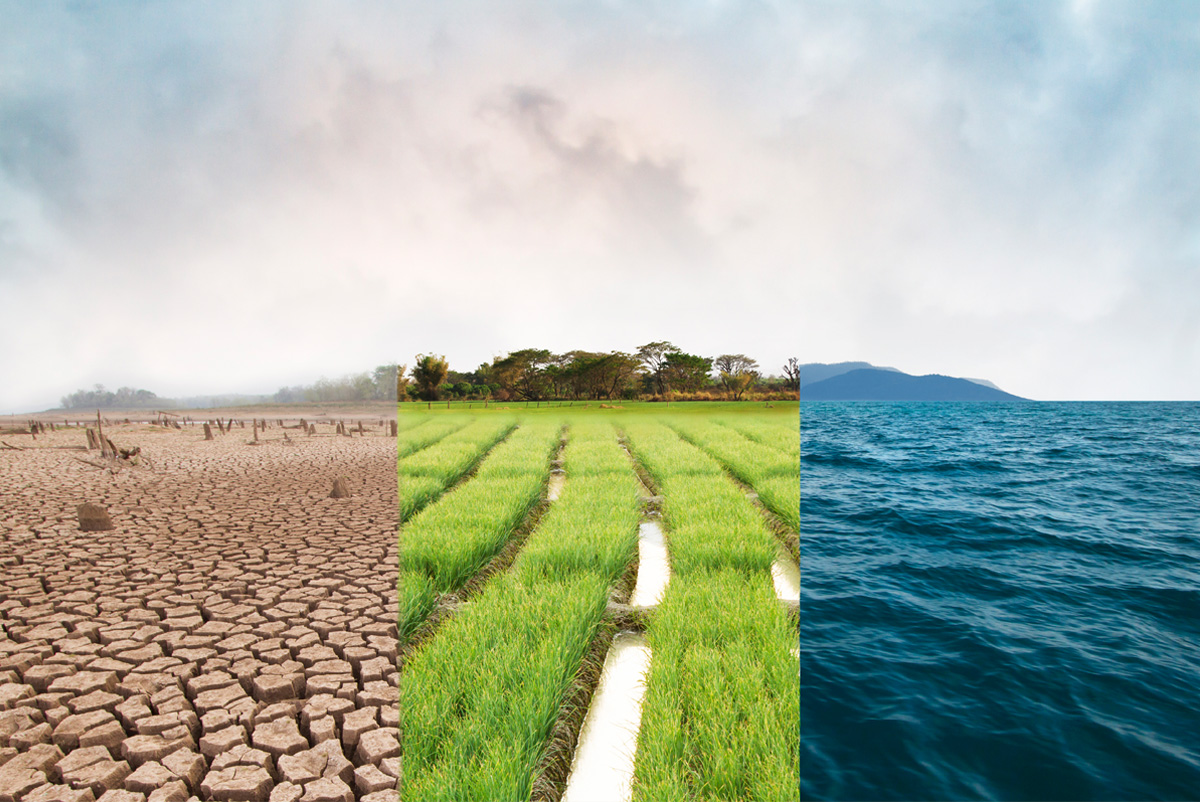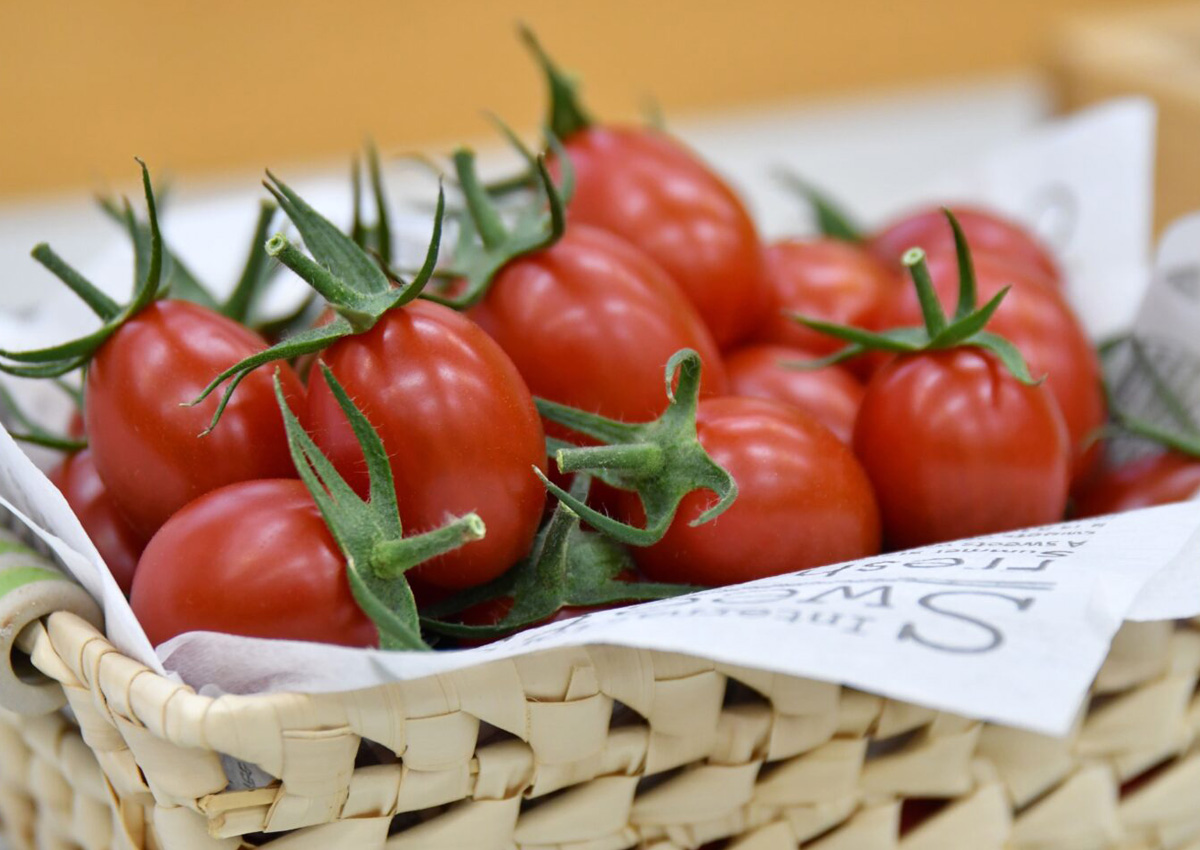How CRISPR Helps Mitigate the Effects of Climate Change
| |

In 2021, a study in Finland assessed just how global food production will be affected if greenhouse gas emissions are left uncut. The study revealed that by the end of the century, rapid, out-of-control greenhouse gas emissions may lead to more than a third of current global food production falling into conditions in which no food is grown today.
The Food and Agriculture Organization of the United Nations (FAO) has called to transform agrifood systems to address the impact of climate change. This call was reiterated by FAO Director-General Qu Dongyu, as the UN's Intergovernmental Panel on Climate Change's latest report confirms that climate risks are already exceeding the tolerance thresholds of plants and animals.
Climate change and agriculture
Climate change is an urgent global challenge that is already affecting food production. As the world's population continues to grow, the demand for food and agriculture keeps increasing. While agriculture is the primary source of the world's food supply, modern agriculture, including food and feed production and distribution, contributes enormously to greenhouse gas emissions that cause global warming, which leads to climate change.
Studies and research projects are currently finding ways and methods to help mitigate the effects of climate change in agriculture. One such method is CRISPR gene editing technology, which allows programmable and accurate modifications to the genomes of organisms. These modifications may include deletion, silencing, or insertion of desired genes into the genomes of plants and animals.
CRISPR's introduction 10 years ago
Ten years ago, in June 2012, researchers Jennifer Doudna and Emmanuelle Charpentier published the results of their discovery on how to redesign a protein and cut the DNA in any organism in the journal Science. Today, CRISPR-Cas9 is being used to develop treatments for diseases, breed animals with desired traits, and produce crops with enhanced health benefits. Aside from these, CRISPR-Cas9's significant role in climate change mitigation is now recognized.
Helping agriculture in climate change mitigation
Global warming brings more extreme events to different regions of the world. These extreme events (drought, heat waves, flooding, salinity) cause significant losses and severely affect crop production. CRISPR gene editing is now being used in the development of crops that tolerate environmental stresses such as drought and salinity. In Belgium, VIB and the Flanders Research Institute for Agriculture, Fisheries and Food (ILVO) are conducting three field trials of genome-edited maize after greenhouse observations showed that the modified plants have improved growth when they experience drought. The University of Chile developed tomato and kiwi varieties that are more tolerant of saline lands while requiring less water.

The effects of climate change also contribute to crop losses and lower yields. Gene editing is one promising method for developing crops with higher yields. Using CRISPR-Cas9 gene editing technology, scientists from Purdue University and the Chinese Academy of Sciences have developed a rice variety that produces 25-31 percent more grain. Researchers from Guangxi University and South China Agricultural University have developed high yielding rice with enhanced aroma using CRISPR-Cas9. Precision gene editing helped increase the yield of canola with new traits including reduced pod shatter, resistance to Sclerotinia, and an improved weed control system.
Crops with enhanced health benefits have also been developed using gene editing. In Japan, Sanatech's gene-edited high-GABA tomato was been available commercially since September 2021, and the John Innes Centre in the United Kingdom used CRISPR-Cas9 to develop tomatoes with increased concentration of provitamin D3 in fruits and leaves.

Gene editing applications in agriculture go beyond crops. In early March, the United States Food and Drug Administration (FDA) cleared the short-haired genome-edited PRLR-SLICK cattle for meat production and human consumption after a scientific review determined that the product is low-risk and does not raise any safety concerns. PRLR-SLICK cattle have short, slick-hair coat that can better withstand hot weather.

CRISPR to help attain SDGs
More crops and animals are being developed to achieve food security while mitigating the effects of climate change. Evidence suggests that through the potential contributions to increase yield, enhance nutrition, and greater environmental sustainability, gene editing can help attain the top three Sustainable Development Goals (SDGs) identified by the United Nations. Stuart J. Smyth of the University of Saskatchewan wrote that gene editing can help achieve the top three SDGs by promoting more environmentally sustainable agriculture, ending hunger, and achieving food security; improving human health through the development of foods that can help prevent specific diseases while increasing the nutritional values of food; and alleviate hunger and poverty by increasing yield and reducing input costs.
Related articles:
- Research Reveals Climate Change Threatens One-Third of Global Food Production
- FAO DG Qu Dongyu: It's Time to Transform Agrifood Systems
- IPCC Report Reveals Agriculture can Halve Emissions by 2030; Help Climate Change Adaptation
- Edited Tomatoes Produce More Sunshine Vitamins
- VIB Conducts Three Field Trials of Genome-Edited Maize
- Chile Develops Drought, Saline-Tolerant Tomato, Kiwi
- CRISPR-edited Rice Plants Get Major Boost in Grain Yield
- Gene Editing Leads to High Yield and Enhanced Aroma in Rice
- Precision Gene Editing Used to Increase Canola Yield
- Gene-edited High Oleic Soybean Oil Now Available in the US
- Japan Starts Sale of Genome-Edited High-GABA Tomato
- Edited Tomatoes Produce More Sunshine Vitamins
- Genome-Edited Cattle Soon to Hit the US Market after FDA Rules it Low-Risk
- Genome Editing Can Help Achieve UN Sustainable Development Goals
| Newer Post | Archive | Older Post |
Science Speaks is ISAAA Inc.'s official blog. Weekly blog articles, authored by ISAAA writers, partners, and invited contributors, aim to help share, disseminate, and promote scientific knowledge and its vital role in achieving global agricultural sustainability and development. Your support to Science Speaks will help us achieve this goal. You can help us by donating as little as $10.

